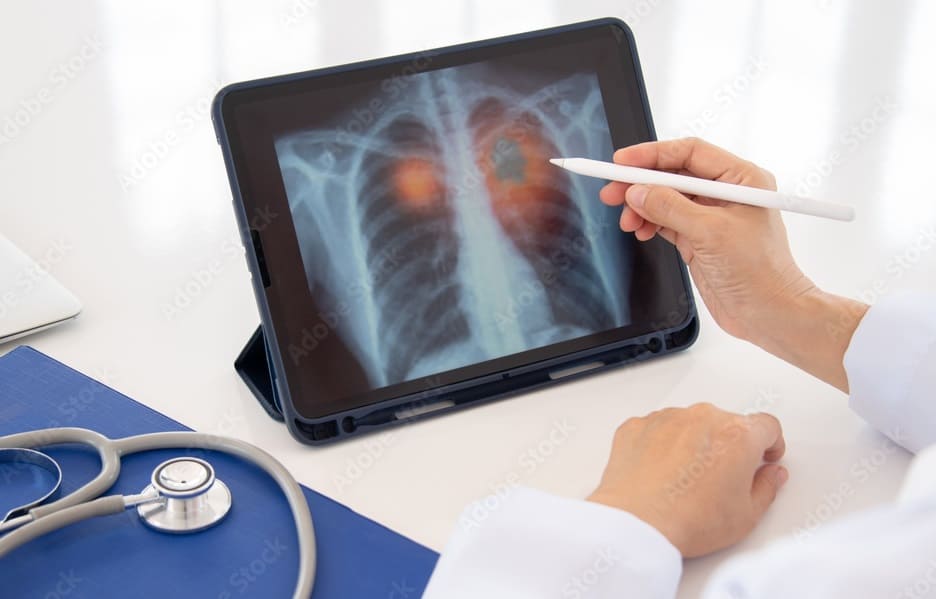When we hear the term “lung cancer,” smoking is often the first thing that comes to mind. While it’s true that smoking is the leading cause of lung cancer, many people are shocked to learn that non-smokers can also develop this deadly disease. In fact, a significant percentage of lung cancer cases occur in individuals who have never smoked a cigarette in their lives. So, what’s the biggest reason behind this?
Lung Cancer in Non-Smokers: The Hidden Danger of Radon Exposure
The leading cause of lung cancer in non-smokers is exposure to radon gas. Radon is a naturally occurring radioactive gas that is released from the breakdown of uranium in soil, rock, and water. It’s colorless, odorless, and tasteless, making it impossible to detect without proper testing.
When radon seeps into homes and buildings, it can accumulate to dangerous levels, especially in poorly ventilated areas like basements. Long-term exposure to high radon levels significantly increases the risk of lung cancer. According to the U.S. Environmental Protection Agency (EPA), radon is the second leading cause of lung cancer overall and the number one cause among non-smokers.
How Does Radon Cause Lung Cancer?
When radon is inhaled, its radioactive particles can get trapped in the lungs, where they continue to break down and release radiation. Over time, this radiation damages lung tissues and increases the risk of genetic mutations that can lead to cancer. The danger is even higher for individuals who spend long hours indoors in radon-exposed environments.
Other Risk Factors for Lung Cancer in Non-Smokers
While radon is the primary culprit, other factors can also contribute to lung cancer in non-smokers:
- Secondhand Smoke – Breathing in the smoke from others’ cigarettes, cigars, or pipes can increase the risk of lung cancer.
- Air Pollution – Long-term exposure to polluted air, including car emissions and industrial pollutants, has been linked to lung cancer.
- Genetics – A family history of lung cancer can make certain individuals more susceptible.
- Occupational Exposure – Working in environments with asbestos, diesel exhaust, or other harmful chemicals can raise lung cancer risk.
- Previous Radiation Therapy – Individuals who have undergone radiation treatment for other cancers in the chest area may be at higher risk.
How to Protect Yourself from Radon?
Given that radon exposure is preventable, here’s what you can do to lower your risk:
- Test Your Home – The only way to know if your home has high radon levels is by testing it. Radon test kits are affordable and widely available.
- Improve Ventilation – Increasing airflow in your home, especially in the basement, can help reduce radon concentration.
- Seal Cracks and Openings – Radon enters homes through cracks in the foundation and walls. Sealing these gaps can limit exposure.
- Install a Radon Mitigation System – If your home has high radon levels, a mitigation system can help safely vent the gas outside.
Final Thoughts
Lung cancer is a serious disease that can affect anyone, even those who have never smoked. Radon exposure is the biggest reason why non-smokers develop lung cancer, but the good news is that it’s preventable. By taking proactive steps to test and mitigate radon in your living space, you can protect yourself and your loved ones from this hidden danger.
Also Read:
